Scale Up Your Projects Using Our Resources
ACALA brings together experts from all facets of mining to assist both open pit and underground miners in enhancing the efficiency and productivity of their operations. ACALA’s team of geologists, engineers, and operations specialists utilize cutting-edge technology and industry best practices to pinpoint existing challenges, address knowledge gaps, and implement practical solutions from the pit to the plant.
By leveraging their deep industry expertise, ACALA helps miners optimize their processes and achieve better results. Their comprehensive approach ensures that every aspect of the mining operation is considered, leading to more streamlined and productive outcomes.
Geology & Mining Engineering Services
Exploration
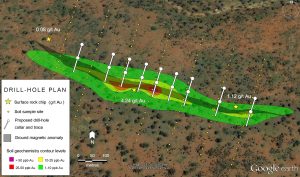 Enhance your project by leveraging cutting-edge mineral exploration techniques and innovative technologies to design and implement your exploration program. ACALAteam specializes in reviewing, assessing, designing, and implementing mineral exploration programs to address critical geological questions while staying within budgetary constraints.
Enhance your project by leveraging cutting-edge mineral exploration techniques and innovative technologies to design and implement your exploration program. ACALAteam specializes in reviewing, assessing, designing, and implementing mineral exploration programs to address critical geological questions while staying within budgetary constraints.
ACALA geologists possess expert knowledge of orebody formation and distribution across various geological and tectonic settings. This expertise allows us to provide a comprehensive suite of exploration services, including target generation, field mapping and analysis, remote sensing and geophysics, geochemistry, mineral system modeling, exploration project management, audits and valuations, mineral exploration strategy and governmental advice, health and safety guidance, and program implementation.
ACALA ensure the effective application and interpretation of geology, geochemistry, and geophysics to generate and test mineral exploration targets. With the increasing importance of “blind” orebodies, we routinely use a mineral systems approach to assess prospectivity. ACALA team is at the forefront of technological advances in remote sensing, hyperspectral logging, data management, and machine learning. These technologies enable us to provide precise and reliable data, which is crucial for successful exploration projects.
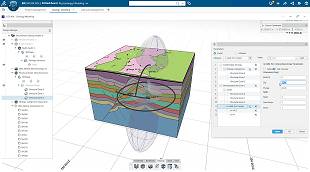 ACALA team is highly proficient in 3D visualization using software such as GEOVIA Surpac, Geoscience Referential Manager and Geology Modeler. These tools allow us to create detailed and accurate models of geological structures, which are essential for understanding orebody formation and distribution. Additionally, we excel in creating and working with advanced exploration databases, ensuring that all data is meticulously organized and easily accessible.
ACALA team is highly proficient in 3D visualization using software such as GEOVIA Surpac, Geoscience Referential Manager and Geology Modeler. These tools allow us to create detailed and accurate models of geological structures, which are essential for understanding orebody formation and distribution. Additionally, we excel in creating and working with advanced exploration databases, ensuring that all data is meticulously organized and easily accessible.
ACALA specialists adhere to SNI, KCMI, JORC 2012, SAMREC, and NI 43-101 standards recognized best practices and reporting requirements. This commitment to industry standards ensures that our internal reviews and the independent technical reports we produce for worldwide stock exchanges, banks, and private investors are highly regarded. ACALA reports provide valuable insights and recommendations, helping stakeholders make informed decisions about their exploration projects.
Scope of Exploration Activities but not limited:
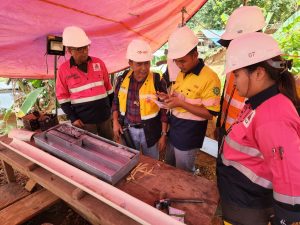 Mineral Exploration Targeting: Identifying potential mineral deposits through various techniques and methodologies.
Mineral Exploration Targeting: Identifying potential mineral deposits through various techniques and methodologies.- Remote Sensing and Geophysics: Utilizing advanced technologies to detect and analyze geological features from a distance.
- Exploration Geochemistry: Studying the chemical properties of rocks and minerals to understand orebody formation.
- Field Structural Analysis: Examining geological structures in the field to determine their impact on mineral deposits.
- Mineral Exploration Project Planning: Developing detailed plans for exploration projects, including timelines, budgets, and resource allocation.
- Exploration Sampling, Analysis, and QA/QC: Collecting and analyzing samples to ensure quality and accuracy in exploration data.
- Mineral Exploration Field Services: Providing on-site support and expertise for exploration activities.
- Exploration Operation Health and Safety: Ensuring that all exploration activities are conducted safely and in compliance with regulations.
- Exploration Project Audit and Valuation: Assessing the value and potential of exploration projects through thorough audits and evaluations.
By integrating these subservices into your exploration program, ACALA can help you achieve your project goals efficiently and effectively. ACALA team is dedicated to providing high-quality services that meet the unique needs of each client, ensuring that your exploration project is successful from start to finish.
Resource Estimation
Resource estimation is a fundamental skill of the ACALA Consulting geology team and is central to our practice. From conducting geological interpretations manually or using software, to applying advanced geostatistical modeling techniques, ACALA geologists provide the expertise needed to secure financing or advance your project. We integrate geology throughout the resource process, utilizing the latest technologies at each appropriate stage.
Our resource estimation process includes:
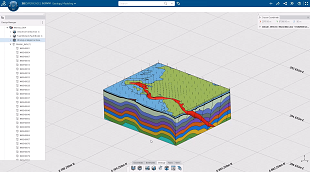 Validating source data, including laboratory assay reports, drilling methods, collar locations, and downhole survey methods
Validating source data, including laboratory assay reports, drilling methods, collar locations, and downhole survey methods- Assessing QAQC data
- Reviewing or creating domain interpretations, including Geological Matrix Analysis
- Conducting exploratory data analysis
- Performing variographic analysis
- Conducting kriging neighborhood analysis
- Estimating global and local resources using the most suitable methodology
We thoroughly review the data and information provided by our clients and offer informed advice to ensure confidence in understanding the risks and uncertainties associated with your project resources. This may involve using linear or non-linear techniques, which our geostatisticians will explain clearly. We conduct independent mineral resource estimations suitable for public reporting based on SNI, KCMI, JORC 2012, SAMREC, and NI 43-101 standards.
Collaborative Process, Adding Knowledge
At ACALA Consulting, we collaborate closely with your team during the resource estimation process to ensure a cooperative outcome and leave a positive legacy.
Whether providing geological interpretation, resource evaluation, or statistical analysis, we leverage our extensive resource modeling experience to deliver quality outcomes while managing geological uncertainty.
Geostatisticians
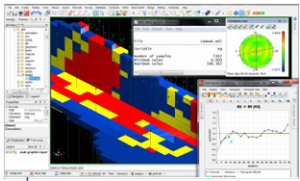 Our geology team comprises high-end resource and mining geology experts. Geostatistical analysis is a key competency, with of our geologists holding postgraduate qualifications in geostatistics. We have the in-house expertise to solve complex problems, grounded in sound scientific principles. A core principle of our team is to ensure geology is considered throughout the entire resource process.
Our geology team comprises high-end resource and mining geology experts. Geostatistical analysis is a key competency, with of our geologists holding postgraduate qualifications in geostatistics. We have the in-house expertise to solve complex problems, grounded in sound scientific principles. A core principle of our team is to ensure geology is considered throughout the entire resource process.
We specialize in single and multi-element analysis, offering advice on all aspects from confirming domains and boundary conditions, comparing drill data types, characterizing spatial continuity and nugget effect, to estimation methodologies including linear and non-linear techniques. We often review existing geostatistical estimation parameters, such as composite lengths, top cut strategy, variogram model parameters, estimation block size, and estimation method.
Examples of our work include:
- Conducting a Drill Hole Spacing Analysis for a client to define quantitative inputs for resource classification and drill hole planning
- Developing a geostatistically sensible domaining strategy for a specific lithological unit and using simulation methodology to evaluate the risk associated with interpolation within that unit
Great Science & Practical Approach
We conduct thorough reviews and offer informed advice to ensure confidence in understanding the risks and uncertainties associated with your project resources.
At ACALA, we have experience ranging from kriging to recoverable resource estimation using local uniform conditioning and simulation. Using GEOVIA Surpac & 3DEXPERIENCE, we apply the most advanced techniques to your project, always tempered with a practical approach.
Mineral Asset Valuation
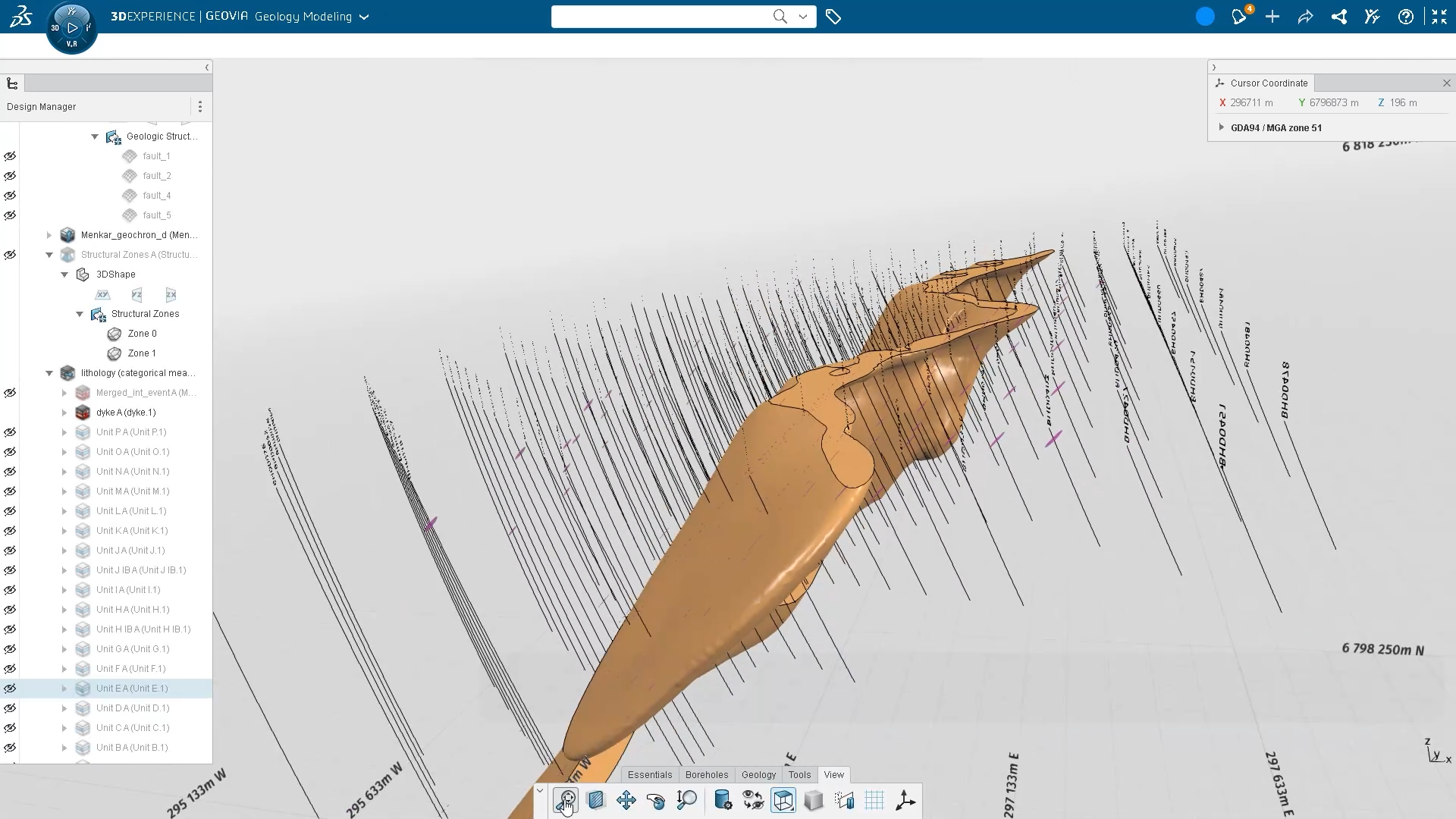 Evaluate and value your assets comprehensively, obtaining impartial and independent reports tailored to your specific needs. An unbiased assessment of your project is crucial for producing documents for global stock exchanges, banks, private investors, and for conducting due diligence studies, project audits, and internal reviews.
Evaluate and value your assets comprehensively, obtaining impartial and independent reports tailored to your specific needs. An unbiased assessment of your project is crucial for producing documents for global stock exchanges, banks, private investors, and for conducting due diligence studies, project audits, and internal reviews.
Mineral asset valuation and techno-economic modeling are essential for mergers and acquisitions, including negotiating joint venture terms, sales agreements, and financing term sheets. These evaluations are also necessary for tax and duty assessments, regulatory compliance, litigation, and compensation. We combine a deep understanding of international technical disclosure requirements with commercial insight to provide high-quality, authoritative, and impartial valuation consulting.
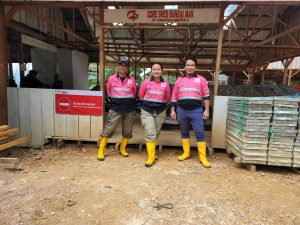 ACALA expert technical consultants produce reports for public distribution and internal use under international regulatory frameworks, emphasizing transparency and materiality. Our consultants possess the qualifications, experience, competence, and independence to be recognized as Specialists and Competent Persons under the international codes mentioned above, and as Qualified Persons under SNI, KCMI, JORC 2012, SAMREC, and NI 43-101 standards reporting government and global stock exchange requirements.
ACALA expert technical consultants produce reports for public distribution and internal use under international regulatory frameworks, emphasizing transparency and materiality. Our consultants possess the qualifications, experience, competence, and independence to be recognized as Specialists and Competent Persons under the international codes mentioned above, and as Qualified Persons under SNI, KCMI, JORC 2012, SAMREC, and NI 43-101 standards reporting government and global stock exchange requirements.
ACALA Services Offered:
- Valuation of exploration and mining projects (from early exploration to production stage)
- Transaction support, including fatal flaw analysis, due diligence, and independent technical reporting
- Reporting by Competent Persons, Qualified Persons, and Specialists
- Evaluation of licensing agreements
- Portfolio assessment
- Gap analysis
- Techno-economic modeling
- Expert witness testimony
- Risk and scenario analysis, including probabilistic modeling and real option analysis
Due Diligence & Project Reviews
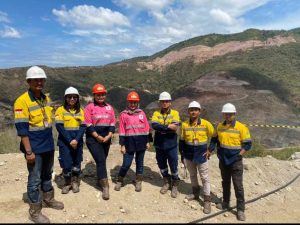 Mitigate risks and maximize opportunities with ACALA’s comprehensive independent reviews. As an independently owned company with no equity in any project, ACALA leverages a global network of multidisciplinary specialists to provide reporting that is both impartial and technically sound.
Mitigate risks and maximize opportunities with ACALA’s comprehensive independent reviews. As an independently owned company with no equity in any project, ACALA leverages a global network of multidisciplinary specialists to provide reporting that is both impartial and technically sound.
ACALA has extensive experience in conducting due diligence reviews of mining projects worldwide, typically for international banks, mining companies, and financial institutions. ACALA’s rigorous research and data review process results in balanced and focused independent reports and audits. These reports form the basis for critical decisions regarding acquisitions, equity investments, project financing, and initial public offerings.
ACALA’s independent project reviews are designed to identify areas of risk and provide clients with the tools needed to comply with international reporting regulations. ACALA can organize and deploy multidisciplinary teams at various sites around the world, concurrently and at short notice. This approach is not only cost- and time-effective, enabling rapid progress on multiple fronts to meet tight transaction timelines, but it also facilitates a comprehensive understanding of a project’s technical and geographic context.
ACALA’s services include:
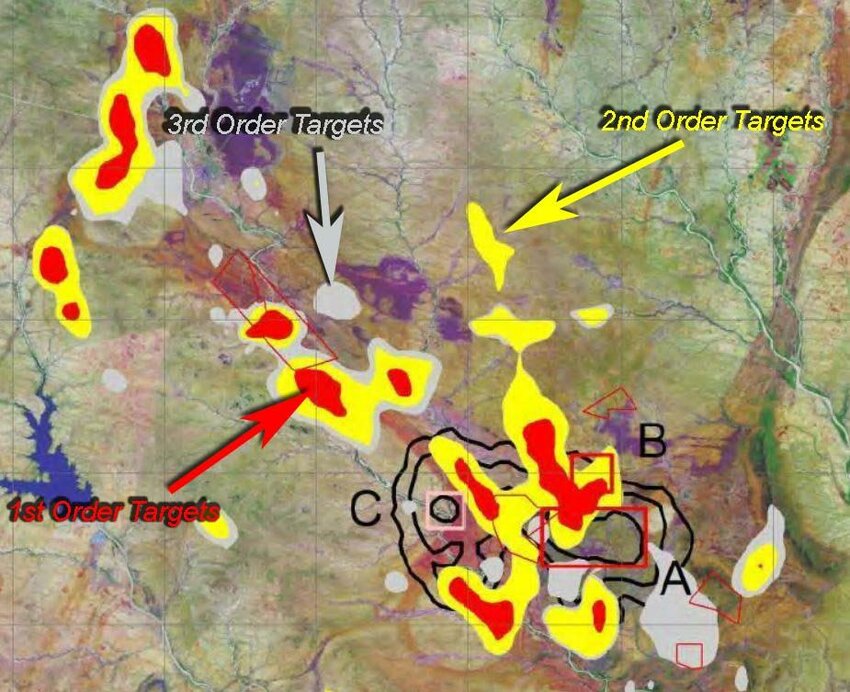 Independent Engineer Reports: ACALA provides detailed and objective reports that assess the technical and financial viability of mining projects. These reports are essential for stakeholders to make informed decisions.
Independent Engineer Reports: ACALA provides detailed and objective reports that assess the technical and financial viability of mining projects. These reports are essential for stakeholders to make informed decisions.- Technical Reviews for Mining Finance Projects, Mergers, and Acquisitions: ACALA’s technical reviews offer a thorough analysis of mining projects, ensuring that all technical aspects are evaluated before financial commitments are made.
- Risk Assessments: ACALA conducts comprehensive risk assessments to identify potential challenges and develop strategies to mitigate them. This helps in safeguarding investments and ensuring project success.
- Technical Assessments, Valuations, and Audits: ACALA’s technical assessments and valuations provide an accurate picture of a project’s worth, while ACALA’s audits ensure compliance with industry standards and regulations.
- Due Diligence Studies: ACALA performs meticulous due diligence studies to verify the accuracy of information provided by project proponents. This includes evaluating geological data, mining methods, and environmental impact.
- Litigation Work as Expert Witnesses: ACALA’s experts are available to provide testimony and support in legal proceedings related to mining projects. Their expertise and impartiality make them valuable assets in litigation cases.
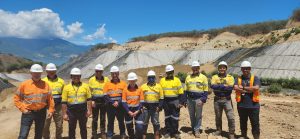 ACALA’s team’s ability to mobilize quickly and work efficiently across multiple locations ensures that ACALA can meet the demands of even the most challenging projects. By providing clear, concise, and accurate reports, ACALA helps clients navigate the complexities of the mining industry and make informed decisions that drive success.
ACALA’s team’s ability to mobilize quickly and work efficiently across multiple locations ensures that ACALA can meet the demands of even the most challenging projects. By providing clear, concise, and accurate reports, ACALA helps clients navigate the complexities of the mining industry and make informed decisions that drive success.
Whether you are considering an acquisition, seeking project financing, or preparing for an initial public offering, ACALA’s independent reviews offer the insights and assurance you need to move forward with confidence. Trust ACALA to deliver the expertise and impartiality that are crucial for your project’s success.
Open Pit Mine Design and Planning
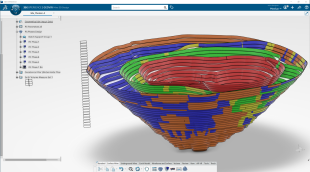 The majority of the world’s mineral production relies on open-pit mining, where large volumes of rock must be efficiently extracted while ensuring cost-effectiveness. Given the cyclical nature of metal prices, optimizing mine design and scheduling is essential to maintaining profitability. Drawing on ACALA’s extensive global industry expertise, we develop practical and innovative solutions that incorporate geological, geotechnical, hydrogeological, economic, and environmental considerations.
The majority of the world’s mineral production relies on open-pit mining, where large volumes of rock must be efficiently extracted while ensuring cost-effectiveness. Given the cyclical nature of metal prices, optimizing mine design and scheduling is essential to maintaining profitability. Drawing on ACALA’s extensive global industry expertise, we develop practical and innovative solutions that incorporate geological, geotechnical, hydrogeological, economic, and environmental considerations.
Our comprehensive mine planning methodology emphasizes pit optimization, including grade cut-off strategies, economic mining depth, and operational scale. The outcome is a life-of-mine plan and a technical-economic model designed to maximize the potential of your mineral resource. With ACALA’s specialized expertise, we ensure strategic project development decisions that facilitate rapid and efficient progress. From initial scoping to full mine optimization and expansion, we support every stage of the mining lifecycle.
ACALA’s services include:
- Engineering Studies – Comprehensive assessments across all project phases
- Strategic Planning – Economic cut-off grade analysis and production rate optimization
- Mine Design, Optimization, and Scheduling – Using advanced geology and mining software
- Mining Strategy Development and Implementation – Customized methodologies for efficient and sustainable operations
- Operational Cost and Productivity Assessments – Analysis of labor productivity, manpower requirements, and expenditure estimates
- Capital Expenditure Analysis – Strategic financial planning for mine development
- Open-Pit to Underground Transition Studies – Expert evaluations to ensure smooth mine conversions
- Technical Studies – Compliance with international standards, including scoping studies, feasibility assessments, project reviews, and technical audits
- Independent Reports and Certifications – Competent person statements, independent expert evaluations, and stock market listing documentation
- Due Diligence Reviews – Comprehensive risk assessments to support informed investment and operational decisions
This version reinforces ACALA’s role as a trusted leader in mining solutions while ensuring clarity and professionalism.
Open Pit Mine Design and Planning
 ACALA brings extensive global expertise in underground mine engineering and operations, covering a wide range of commodities and mining methods. Our innovative and rigorous approach maximizes the economic potential of your project by strategically integrating the deposit within the broader mining context. We guide you in selecting the most suitable mining method and developing a robust, future-ready plan for your mine.
ACALA brings extensive global expertise in underground mine engineering and operations, covering a wide range of commodities and mining methods. Our innovative and rigorous approach maximizes the economic potential of your project by strategically integrating the deposit within the broader mining context. We guide you in selecting the most suitable mining method and developing a robust, future-ready plan for your mine.
Our team understands the need for continuous adaptation to fluctuations in commodity prices and operational costs. We help mining operations respond effectively—reducing capital and operating expenses during downturns while scaling capacity when market conditions improve.
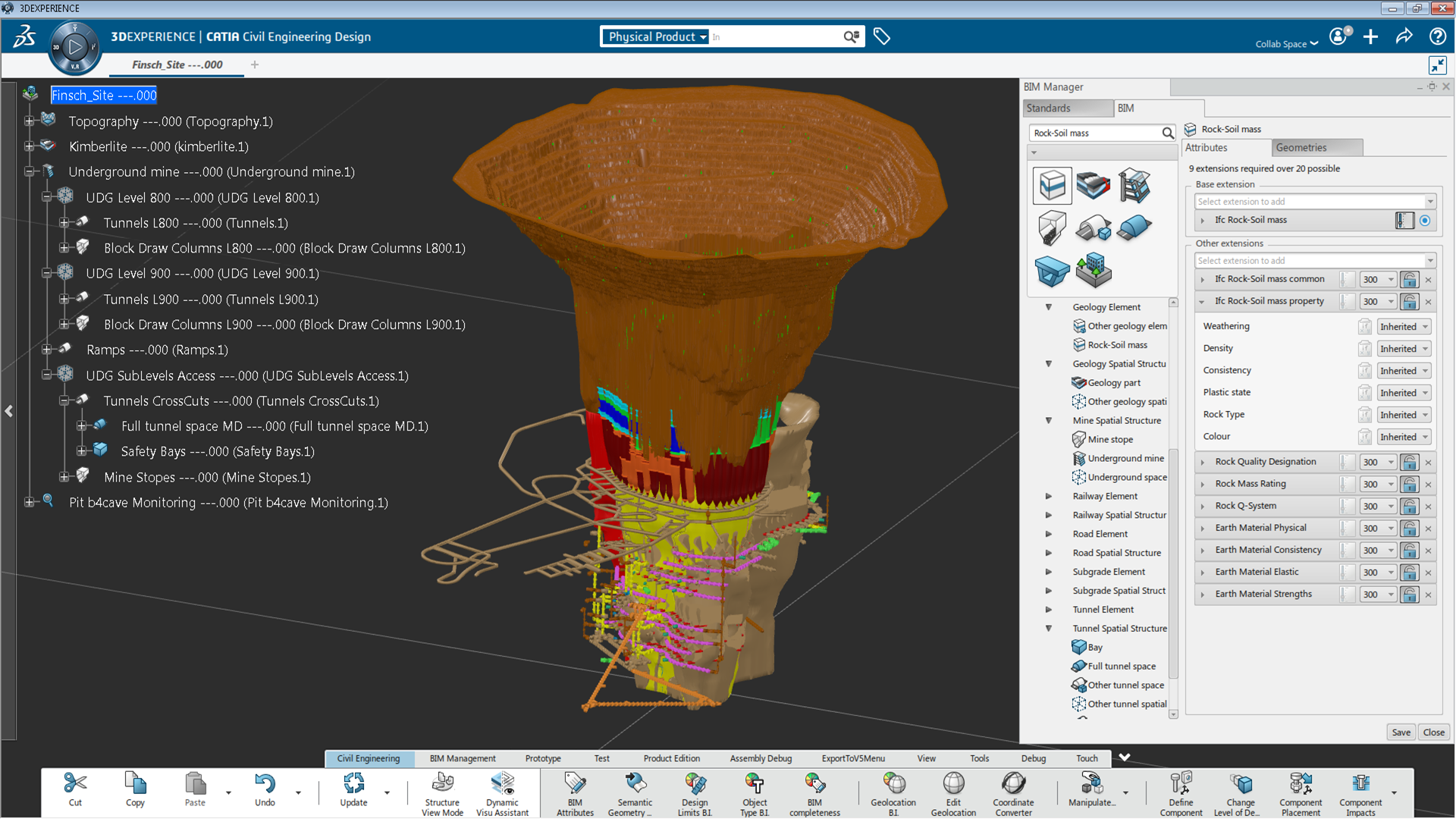 By delivering practical mine designs and schedules, we ensure the efficient allocation of mine capital and resources. Embracing technological advancements in underground mining, ACALA provides highly mechanized and automated solutions, utilizing industry-leading software.
By delivering practical mine designs and schedules, we ensure the efficient allocation of mine capital and resources. Embracing technological advancements in underground mining, ACALA provides highly mechanized and automated solutions, utilizing industry-leading software.
ACALA’s services include:
- Engineering Studies – Comprehensive evaluations across all project stages
- Strategic Planning – Optimization of economic cut-off grades and production rates
- Geotechnical Characterization – Advanced ground support system design and analysis
- Life-of-Mine Plan Optimization – Long-term strategic planning for maximum resource utilization
- Drill and Blast Design – Fragmentation analysis for improved efficiency and cost control
- Ventilation System Modeling and Design – Optimized airflow solutions for underground environments
- Equipment and Manpower Estimation – Detailed assessments to support operational planning
- Cost Benchmarking and Modeling – Operating and capital expenditure evaluations using first principles cost modeling
- Open-Pit to Underground Transition Analysis – Expert guidance for seamless mine conversions
- Due Diligence Reviews – Comprehensive assessments to support investment and operational decision-making
- Operational Reviews and Assistance – Strategic consulting to enhance mine performance
This version highlights ACALA’s leadership in underground mining solutions while ensuring clarity, professionalism, and impact.
Open Pit Mine Design and Planning
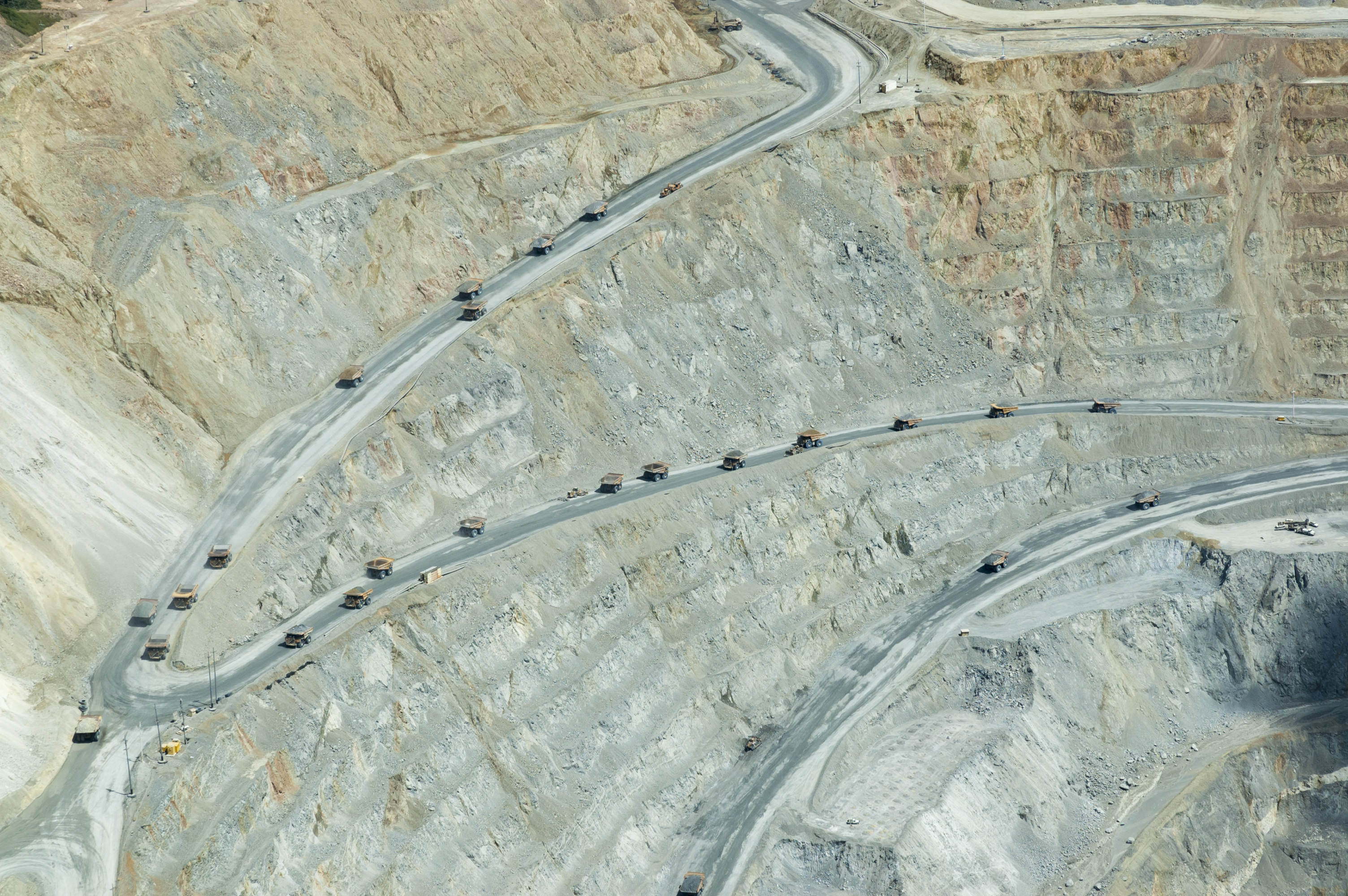 A comprehensive understanding of orebody and waste rock geology is fundamental to addressing key challenges throughout the mining cycle. At ACALA, we leverage our expertise in resource estimation, structural geology, and practical mining operations to enhance mine development, optimize production, and maximize profitability.
A comprehensive understanding of orebody and waste rock geology is fundamental to addressing key challenges throughout the mining cycle. At ACALA, we leverage our expertise in resource estimation, structural geology, and practical mining operations to enhance mine development, optimize production, and maximize profitability.
Our advanced geological models help refine near-mine exploration targets, improve mapping and grade control accuracy, minimize ore misdirection and unintentional dilution, and enhance the reliability of mine reconciliation. By integrating cutting-edge methodologies, we ensure a structured approach to geological modeling that supports strategic decision-making. As production demands increase, maintaining consistent and accurate geological input becomes a challenge.
ACALA offers regular geological mapping campaigns and on-site training programs to improve geological data collection and interpretation. Additionally, we conduct audits of geological, sampling, assaying, and reconciliation processes to ensure alignment with best practice standards and industry regulations.
ACALA’s services include:
- Geotechnical mapping and modelling
- Geometallurgical assessment and modelling
- Structural analysis and advanced 3D modelling
- Near-mine geophysics and exploration targeting
- Resource estimation
- Pit and underground mapping
- Grade control system and process design
- Sampling and reconciliation audits
- Site-based structural geology training
Open Pit Mine Design and Planning
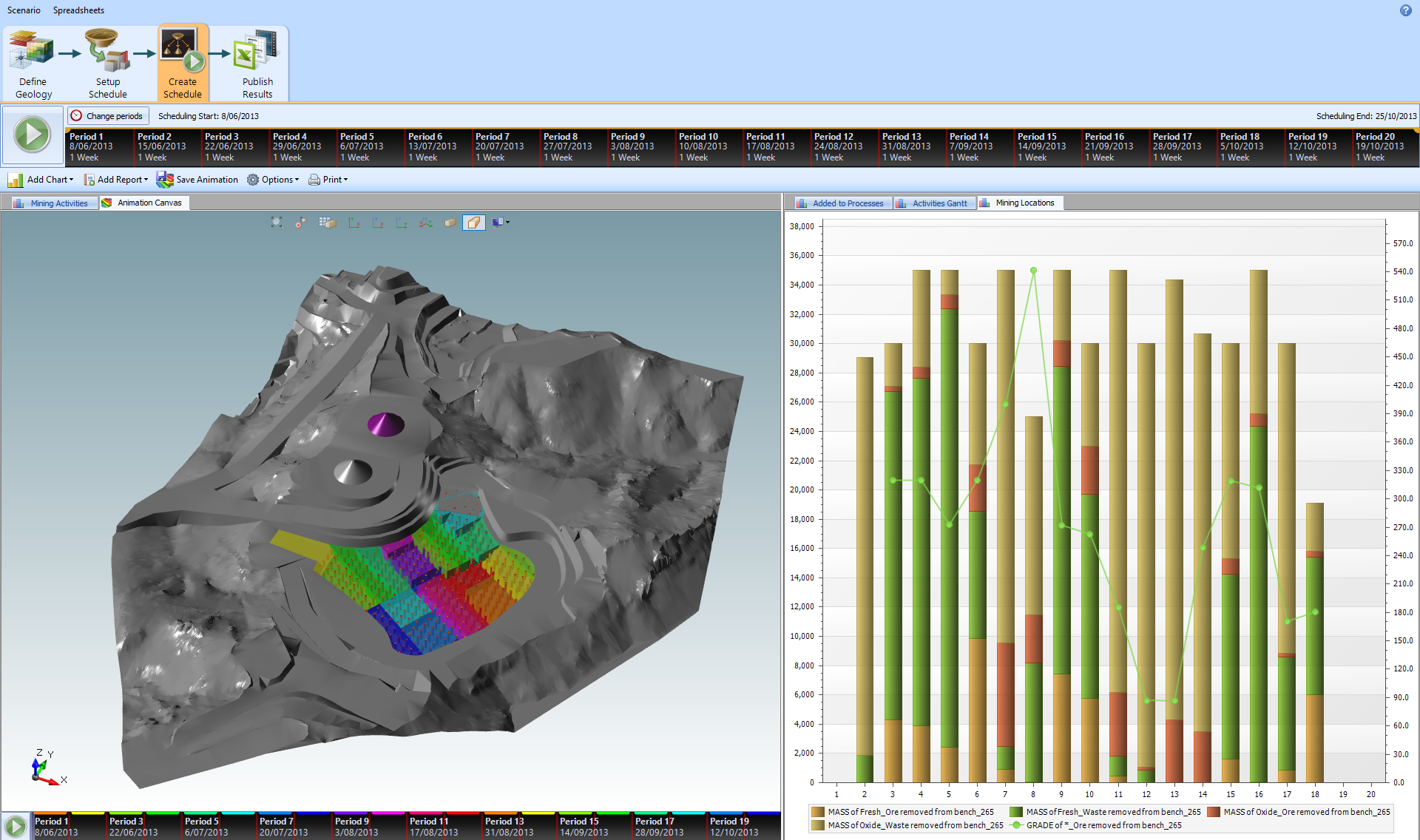 At ACALA, our experts in technical economic analysis specialize in asset, project, and property valuations across all development stages. We provide robust technical economic models that offer a clear understanding of asset value, supporting optimized planning throughout the mining life cycle—from early scoping assessments to feasibility studies and the due diligence process.
At ACALA, our experts in technical economic analysis specialize in asset, project, and property valuations across all development stages. We provide robust technical economic models that offer a clear understanding of asset value, supporting optimized planning throughout the mining life cycle—from early scoping assessments to feasibility studies and the due diligence process.
With our global expertise and independent perspective, ACALA delivers objective advice and specialized insights to projects worldwide. Our reports are built on comprehensive market data and our proprietary historical database of international benchmark indicators. Combined with thorough site visits and an in-depth review of project history, this approach enables us to confidently determine fair value for any project or commodity, at any stage of development—grounded in a strong technical foundation.
ACALA’s services include:
- Comprehensive asset valuation across all project development stages
- Technical studies for mineral resource and ore reserve reporting, regulatory compliance, and capital market submissions
- Cost benchmarking for comparative production analysis
- Financial modeling to assess and compare economic performance
- Independent project valuation and model audits for due diligence verification
Open Pit Mine Design and Planning
Strategic and Practical Approach
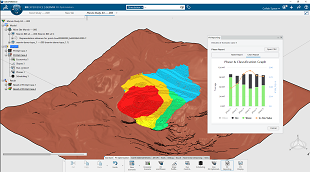 Whether you’re conducting a preliminary assessment or advancing toward feasibility, ACALA’s mining engineers bring deep expertise and proven skills to deliver high-quality mining studies. With a strong track record in feasibility study management, extensive experience in constructing and operating both open-pit and underground mines, and years of hands-on operational insight, we take a strategic yet practical approach to every project. We tailor our methods to align with your economic objectives, identifying key levers that maximize value within the given constraints.
Whether you’re conducting a preliminary assessment or advancing toward feasibility, ACALA’s mining engineers bring deep expertise and proven skills to deliver high-quality mining studies. With a strong track record in feasibility study management, extensive experience in constructing and operating both open-pit and underground mines, and years of hands-on operational insight, we take a strategic yet practical approach to every project. We tailor our methods to align with your economic objectives, identifying key levers that maximize value within the given constraints.
Commitment to Collaboration
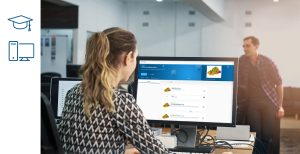 Mining studies are dynamic processes, shaped by evolving input parameters. At ACALA, we proactively assess when key parameters need to be revisited to ensure the most accurate study outcomes. Our mining engineers manage these variables in a structured manner, maintaining absolute clarity throughout the investigation. Our consultative approach fosters strong relationships with clients, reflected in their continued trust in our expertise. We work closely with other mining professionals—both within ACALA and externally when needed—to ensure each study team achieves a highly professional and comprehensive result.
Mining studies are dynamic processes, shaped by evolving input parameters. At ACALA, we proactively assess when key parameters need to be revisited to ensure the most accurate study outcomes. Our mining engineers manage these variables in a structured manner, maintaining absolute clarity throughout the investigation. Our consultative approach fosters strong relationships with clients, reflected in their continued trust in our expertise. We work closely with other mining professionals—both within ACALA and externally when needed—to ensure each study team achieves a highly professional and comprehensive result.